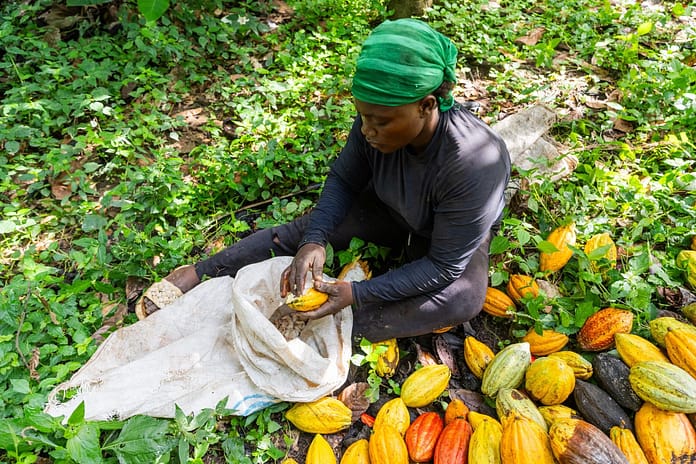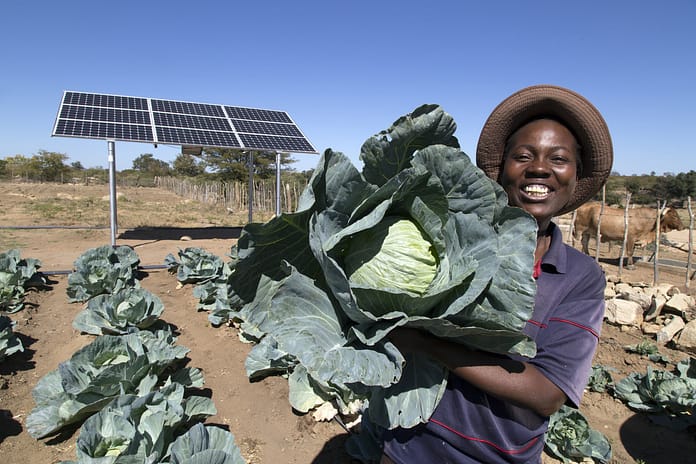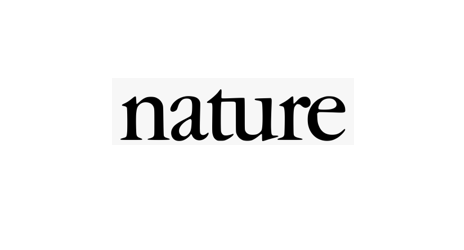By Jialan Deal, Sophie Gregrowski, Elizabeth Stifel, Princeton in Asia Fellows
From exploring the potential of community fish refuges in Cambodia to bolster dry-season fish stocks to assessing the impact of drought risk in Africa on sustainable development sectors, IWMI researchers have contributed to diverse global studies published in January and February 2025. The following is a selection of their open-access work; click the links to access the full articles.
The iGains4Gains model guides irrigation water conservation and allocation to enhance nexus gains across water, food, carbon emissions, and nature
Changes in water conservation, allocation, and irrigation technology can lead to four key benefits: reduced water consumption, sustained crop production, lower carbon emissions, and improved water availability for nature. In their recent Environmental Research: Food Systems article, IWMI researchers Nafn Amdar and Matthew McCartney introduce the iGain4Gains model, showing that these benefits are not always linear, positive, or predictable. Their findings highlight the challenges of achieving all four gains at once, often requiring trade-offs such as water consumption rebounds or increased carbon emissions.
Read the full article:
The iGains4Gains model guides irrigation water conservation and allocation to enhance nexus gains across water, food, carbon emissions, and nature.
Realizing collective action in agency-constrained contexts: the case of the Community Fish Refuges in Cambodia
In rural Cambodia, inland freshwater and rice field fisheries provide vital income, nutrition, and ecosystem services, but the receding Tonle Sap floodplain is leaving fields and water bodies dry. IWMI researchers Sanjiv de Silva and Mark Dubois explore community fish refuges (CFRs) as a way to sustain dry-season fish stocks, biodiversity, and water resources for agriculture and livestock. Their research highlights how centralized power structures and rural patronage politics limit community participation in CFR management. They also find that structural challenges and the complex process of uniting diverse stakeholders make it difficult to establish truly community-led initiatives.
Read the full article:
Realizing collective action in agency-constrained contexts: the case of the Community Fish Refuges in Cambodia.
Water Accounting Plus: limitations and opportunities for supporting integrated water resources management in the Middle East and North Africa
With water scarcity affecting many countries in the Middle East and North Africa (MENA) region , it has become increasingly important to develop successful water management strategies. IWMI and partners developed the Water Accounting Plus (WA+) platform to provide invaluable water resource information using satellite remote-sensing data. In the article “Water Accounting Plus: limitations and opportunities for supporting integrated water resources management in the Middle East and North Africa” IWMI’s Nafn Amdar and colleagues aim to understand the limits and opportunities for WA+ to contribute to water resource management in Jordan and the greater MENA region through data exploration and an examination of potential quantitative gaps in information. Research has found that WA+ can be improved in water assessment accuracy and demand management through land-use integration, and it is overall essential to recognize potential bottlenecks for regional WA+ implementation.
Read the full article:
Water Accounting Plus: limitations and opportunities for supporting integrated water resources management in the Middle East and North Africa.
Assessing the vulnerability of groundwater to pollution under different land management scenarios using the modified DRASTIC model in Bahir Dar City, Ethiopia
Groundwater is an incredibly valuable natural resource, but shallow aquifers are vulnerable to pollutants that make them unfit for human use. A recent study conducted by IWMI’s Amare Haileslassie and colleagues examines the groundwater vulnerability to pollution under various land management scenarios using the modified DRASTIC model in Bahir Dar City, Ethiopia. The DRASTIC model considers major hydrological and geological factors that could affect aquifer water quality; the modified version also includes land use and land cover (LULC) as a variable. By examining vulnerability to pollution under four land management plans — baseline, agricultural expansion, urbanization and reforestation — the researchers determined that LULC and net recharge are the most significant factors increasing groundwater vulnerability to pollution under the baseline scenario. Urbanization and agricultural expansion resulted in an increase in vulnerability to pollution while reforestation resulted in a decrease. The study highlights the need for sustainable land management practices, and that groundwater vulnerability differs by geological formations. Incorporating geological considerations into urban expansion plans could reduce groundwater vulnerability.
Read the full article:
Assessing the vulnerability of groundwater to pollution under different land management scenarios using the modified DRASTIC model in Bahir Dar City, Ethiopia.
Improving smallholder farmers’ access to and utilization of climate information services in sub-Saharan Africa through social networks: a systematic review
One of the most effective mechanisms to address climate change impacts on smallholder farmers in sub-Saharan Africa is timely access to climate information services (CIS). IWMI researchers Charity Osei-Amponsah, William Quarmine, Collins Appiah, Andrew Okem and colleagues synthesize information on how social networks improve access to CIS primarily as a result of the use of local languages and opportunities for direct interaction during information flow. The paper finds that smallholder farmers in big networks with stronger links and higher levels of participation were more likely to utilize CIS to improve their livelihoods. This results in improved technical efficiency, productivity, and, subsequently, higher incomes. Further, the researchers find that promoting innovative platforms to enhance social networking among farmers can aid in scaling up CIS access.
Read the full article:
Improving smallholder farmers’ access to and utilization of climate information services in sub-Saharan Africa through social networks: a systematic review.
Footprints of drought risk on Africa’s agriculture, water and nutritional security
The threat of drought in Africa coexists with human-induced crises such as domestic and international conflicts and civil unrest. Researcher Tarul Sharma, with assistance from IWMI’s Giriraj Amarnath, Upali Amarasinghe, and Abdulkarim Seid, used a data-driven approach to analyze the impact of drought risk on sectors of sustainable development, such as agriculture, water and nutrition. They found that risk footprints differ by sector and geographical areas. For example, in Central African countries, social instability linked to nutritional risk is the greatest while Northern African countries face greater risk of agricultural and water insecurity due to water stress and unstable climate patterns. These results indicate that in order to maximize the efficiency of bottom-up initiatives, it is necessary to integrate socio-economic policy and climate change considerations at the granular level to achieve food and water security.
Read the full article:
Footprints of drought risk on Africa’s agriculture, water and nutritional security.




